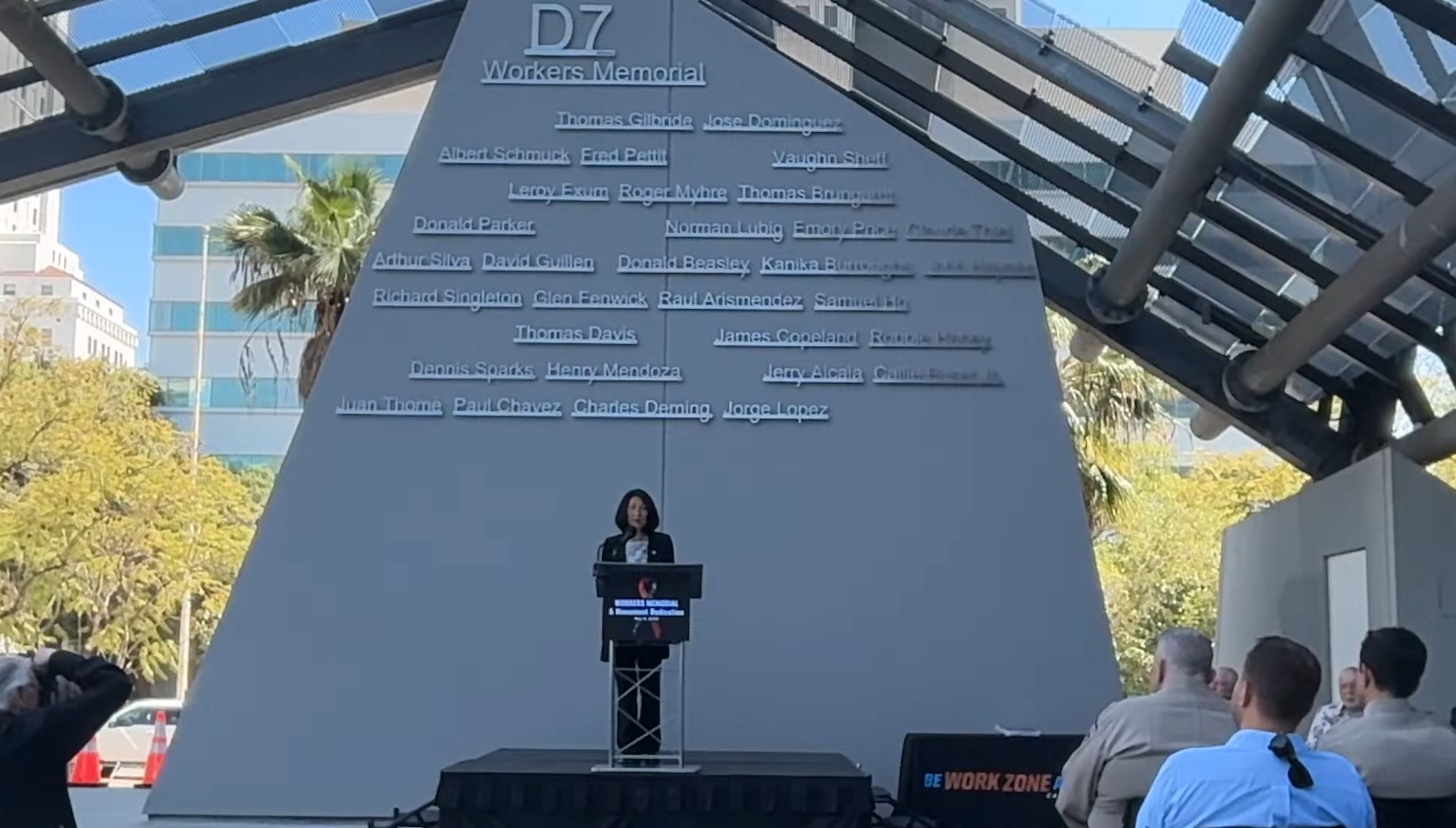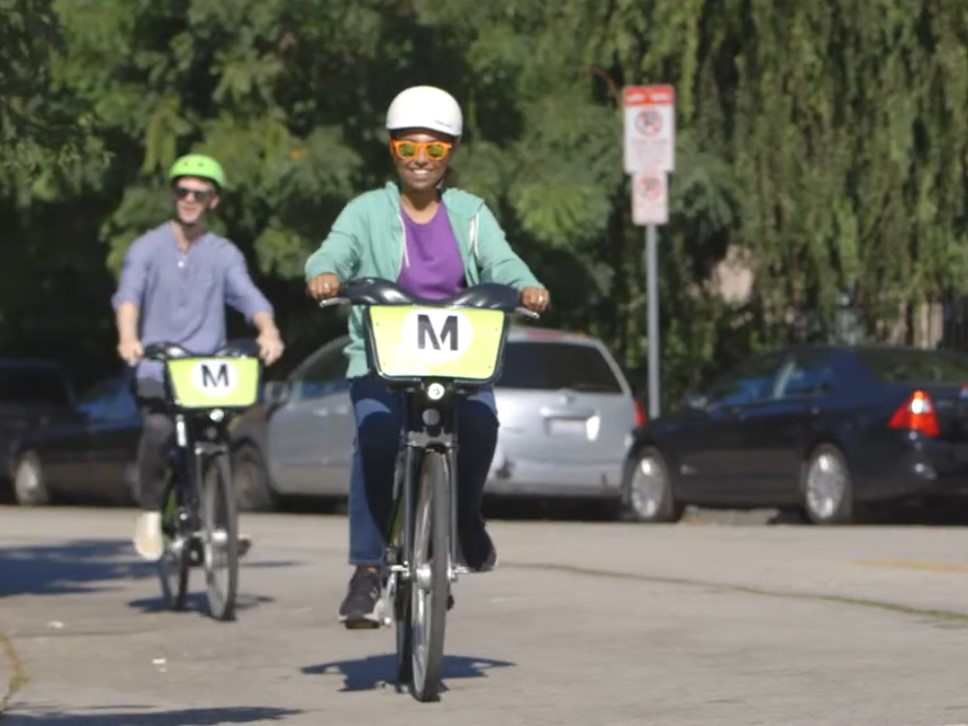If you follow just about any major media coverage of street etiquette and safety, by now you've probably seen a piece vilifying people on bikes for "running" stop signs. But hop on a bike yourself, and you'll start to see why safely rolling and yielding at stop signs makes sense.
The stop sign law in effect in almost every state has a fundamental flaw: It assumes that bicycles are just like cars, creating the unrealistic expectation that someone on a bike should make a full stop at every stop sign, even when there are plainly no cars or pedestrians nearby.
The problem with this is that it effectively criminalizes the way that people naturally negotiate stop sign intersections on a bike: by slowing, checking for traffic, and being prepared to yield to others. Try the experiment a million times, and you'll get the same results: everyone, including SF police officers (and probably the lawmakers themselves), will negotiate this way.
The reason behind this is, basically, that operating a 30-pound bicycle is quite different from driving a multi-ton, motorized vehicle. A bicycle doesn't encase the user in a bulky metal frame that hinders vision. Bicycles can also stop on a dime compared to cars. It's for these reasons that when driving a car, the care needed to avoid a crash is drastically higher.
To reflect this reality, Idaho amended its stop sign law to allow bicycle riders to treat stop signs as yield signs. This means that while a bicycle rider still can't blow through stop signs or violate anyone's right-of-way -- which is dangerous and should be enforced -- they are allowed to slow down, check for traffic, and proceed legally. The law has clarified expectations between road users, and, as the above video (produced by Spencer Boomhower in support of an effort in Oregon to pass an Idaho-style law) notes, it has a 30-year track record.
SFPD demonstrates effective practice of the Idaho stop sign law.
Meanwhile, the current law in California and all other states leads to an unproductive fixation on this behavior. While more serious safety issues go neglected by SF's police department, people on bikes are arbitrarily fined hundreds of dollars for using a safe, common practice that most people are used to, filling courts with frivolous cases. People are then discouraged from riding bikes at all, or castigated by reporters like KRON's Stanley Roberts.
Bike advocates have pushed to change California's law, but the hurdles are enormous. Instead, the SF Bicycle Coalition urges the SFPD to focus its limited resources "on those known areas where people are being hit and injured and the most dangerous behaviors, rather than reacting to media or political pressure," said Executive Director Leah Shahum. "If the enforcement were based on the data of actual problems, we would see greater benefit to public safety for all road users."
While bicycle stop sign violations aren't known to be a significant cause of crashes, 96 percent of the 899 pedestrians injured in 2011 were hit by car drivers. That's about three a day. The most common cause of pedestrian injuries in San Francisco is failure to yield by motorists (42 percent of all cases). According to SFPD data, the intersections with the highest number of injuries to pedestrians and bicyclists in 2011 were, from highest to lowest: Market Street and Octavia Boulevard (a freeway ramp), Divisadero and Oak Streets, Market and Fifth Street, and Market and Valencia Street. Robert Yegge, the only bicycle rider killed this year, was struck by a truck driver who failed to yield at Oak and Franklin Streets.
But while bike stop sign violations aren't even on the map as a frequent cause of crashes, you could be sure to find police officers stinging bicycle riders on the Wiggle this week to enforce a law they won't even follow themselves.
"The reality is that the vast majority of people bicycling and driving are doing so responsibly," said Shahum. "We do need a smarter, more data-driven strategy toward improving that bad behavior among some that garners so much public attention. And the city needs to update its enforcement strategy -- along with policies and infrastructure -- in order to actually encourage safe behavior."
Note: KRON 4's Stanley Roberts got in touch with Streetsblog and said he sticks by his letter-of-the-law approach: "Change the law, and I won't have to do the segment."





